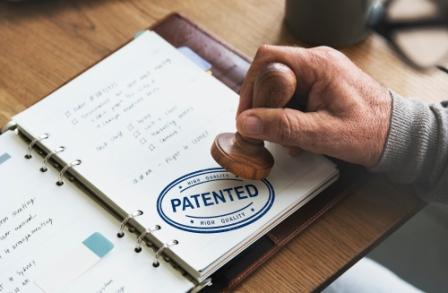What You Should Know About Copyright Registration Process Under Indian Copyright Law
January 7, 2022
In the world of digitalisation, copyright registration is more important than ever before. Due to social media, content easily gets shared and re-shared multiple times. Similarly, there have been instances where certain content on various social media platforms gets blocked due to violation of copyrights. Therefore, the copyright registration process ensures that only the creator of the content has the right over a particular content.
The Indian Copyright Act came into effect for the first time in 1914. However, changes were made to the Act post-independence and the final Indian Copyright Act came into effect in 1957. Furthermore, due to various cultural and social advancements, the Copyright Act in India has undergone six amendments. The most recent amendment was in 2012.
Indian Copyright Law
As per the Indian Copyright Law, an individual or a group of individuals who create an original piece of content hold rights over their copyrighted product. Only the owner has the authority to exclusively reproduce, distribute, perform, or display the copyrighted content. There are various products that are included in the copyright act. For instance, an individual or a group of individuals can copyright their work of literature, music, art, photography, movies, and a computer programme among others.
The copyrighted content can be distrubed with the copyright logo for others to understand that the particular product is protected by copyright. By doing so, you can legally challenge any display, reproduction, or distribute the copyrighted material by anyone who does not own the copyright. The copyright symbol represents that a particular content is protected under the Indian Copyright Law.
Eligibility Criteria for Copyright Registration
The primary creator of the copyright material is eligible for copyright registration. If the work has been created by more than one individual then, they get co-ownership of the copyrighted material. If an employee of a company has created original content, the product obtains the status of work made for hire. In such a case, the employer is considered as the legal owner of the copyright material and not the employee.
As far as age is concerned, there is no bar on who can register for copyright. There are no age limits; even a minor can register for copyright protection under the Indian Copyright Act. Any person claiming ownership of the original content can directly approach the department for copyright registration. An individual or a group of individuals can also hire an agent on their behalf to file for copyright protection.
What Is Protected Under Copyright and What Isn’t
Any tangible work in the form of art, literature, photography, cinema or movies, even a computer program, is protected under copyright law. This includes lyrics, tunes, pictures, graphics, sculptures, architectures, sound recordings, parodies, and signatures. A particular work of technology in the form of software features, designs of computer devices, or any technological device can be filed for copyright protection.
Once a product or design has been copyrighted, no other individual or organization can mimic the exact same material. However, if another individual or a company wishes to use a part or the entire copyrighted material for their benefit, they can ask for rights from the original creator. If the rights are not acquired, the owner of the material can approach law enforcement departments to legally challenge the ownership rights.
On the other hand, works of art that are not in the tangible expression are not eligible for copyright protection. For example, unrecorded works, or any other form of expression that has not been written or recorded cannot be copyrighted. Similarly, names, short phrases, designs that are similar with other works of art, ingredients of contents used to make a particular material, etc. cannot be copyrighted. Slogans, typography finery, lettering, colouring techniques, ideas, descriptions, explanations, generic properties like calendars, basic charts of height and weight, and information from public documents do not come under copyright protection.
Copyright Protection Procedure
Application
When applying for copyright protection, you will need to pay a fee and submit the DD or an IPO in the name of the concerned department. After the fees are paid, the department will issue a diary number to the applicant.
Examination
The department will examine the contents of the material that the owner has submitted for copyright protection. It may take up to thirty days for the officials to examine and analyse the material and check for any objections that may arise before issuing the copyright certificate.
If an objection arises, the examiner will send a discrepancy notice to the applicant. In case the applicant wants to proceed and challenge the objection, the Registrar will conduct a hearing. Once the objection is sorted during the hearing, the department will go ahead with the copyright registration process.
Moreover, if the examiner themself identifies an issue with the material, the department will send a notice of rejection to the applicant. If there are no objections or discrepancies, the examiner will consent to the copyright registration process.

